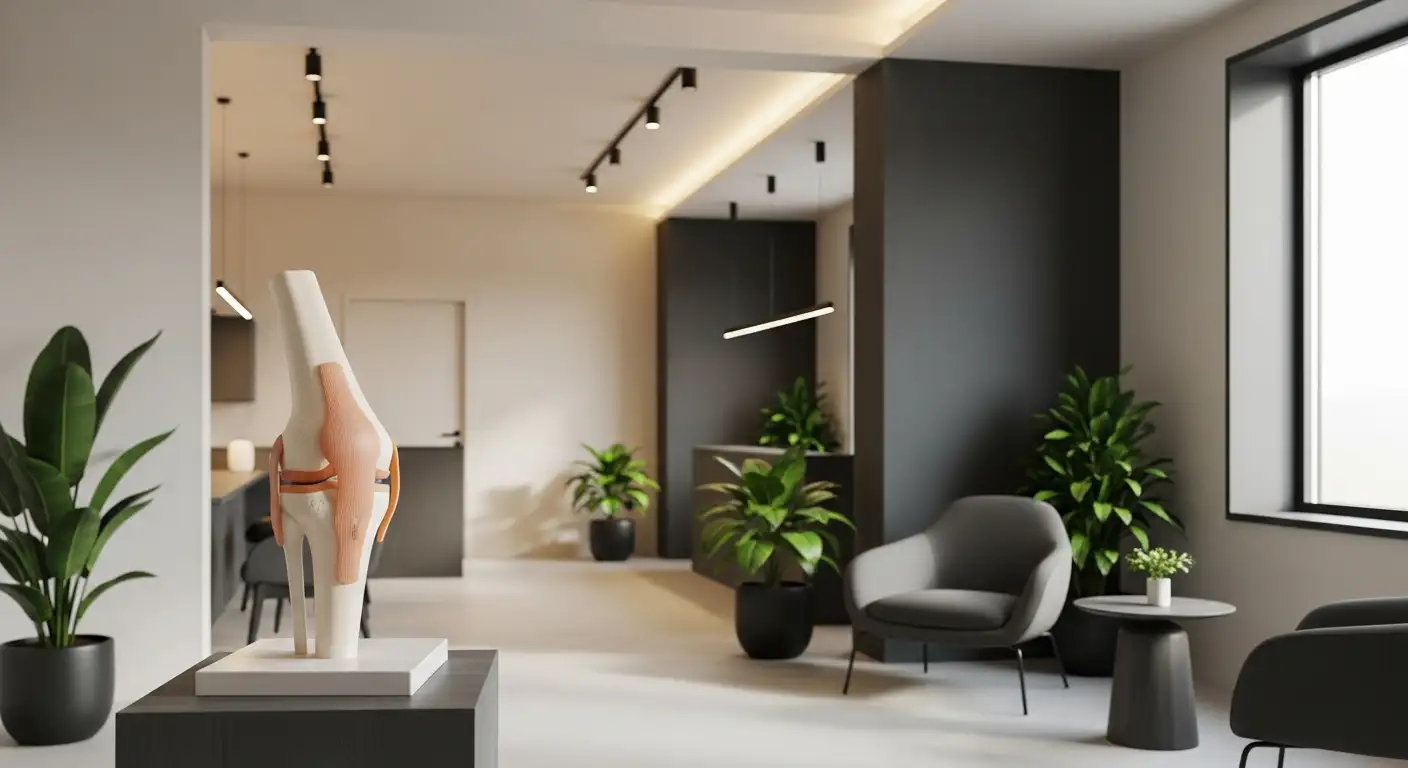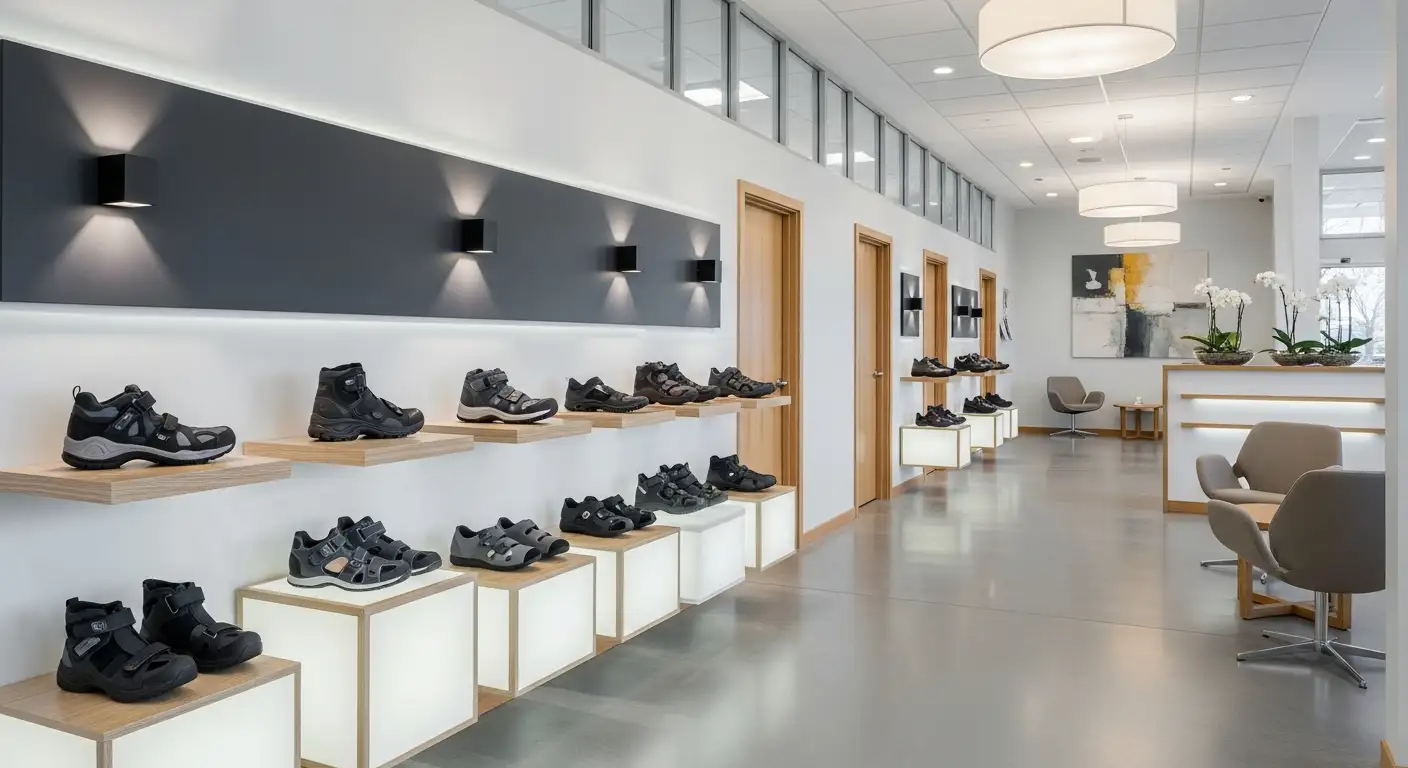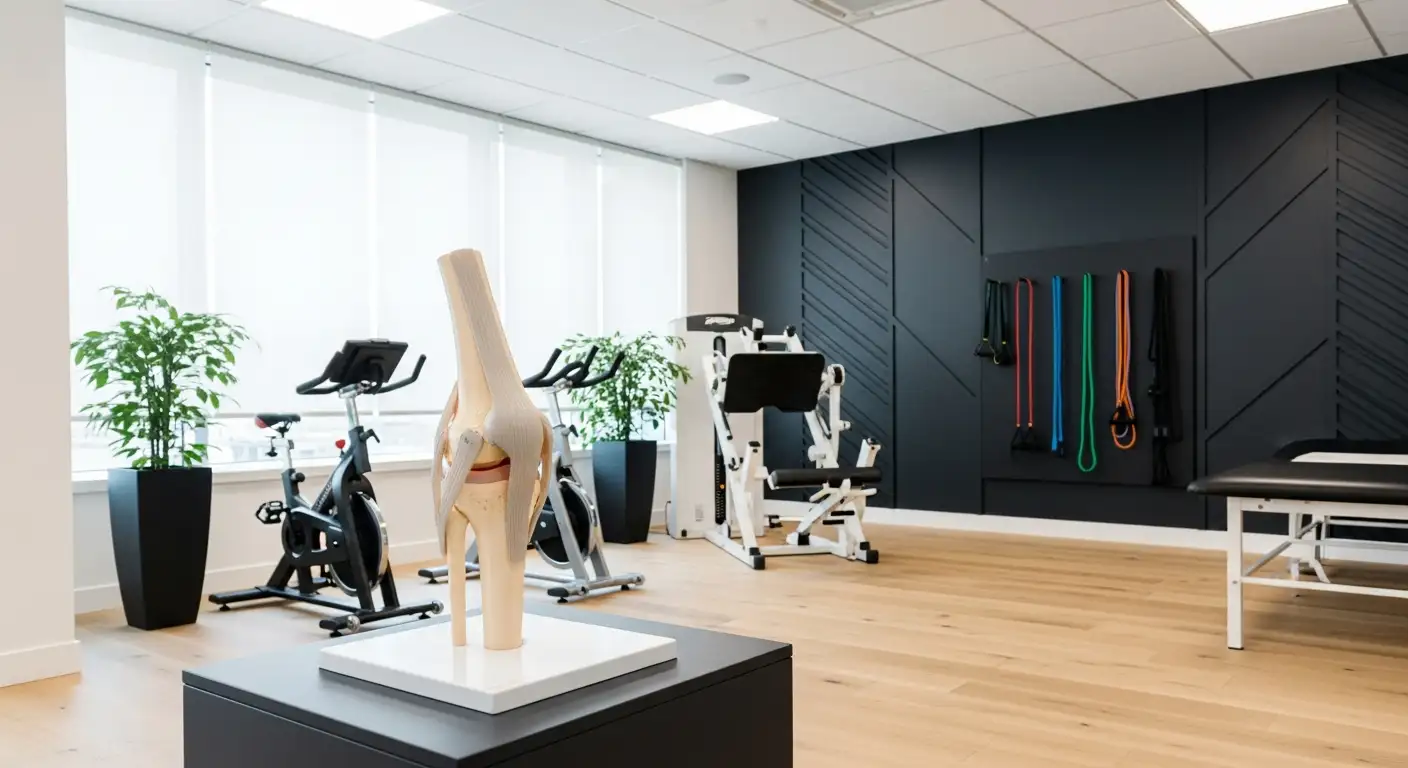Understanding Knee Pain
Understanding the complexities of knee pain starts with identifying its causes and symptoms. By recognizing what contributes to knee discomfort, particularly when straightening the leg after sitting, one can be better equipped to find suitable treatments and preventive measures.
Common Causes of Knee Pain
Knee pain can have various causes, often associated with muscular imbalances, where one muscle group may be stronger or more overworked than another. The pain can be due to repetitive stress in the same area, such as in cases of people who do a lot of walking or moving around in their daily routines.

One common cause of knee pain is Patellofemoral pain syndrome (PFP syndrome), characterized by discomfort in and around the kneecap. Often referred to as "runner's knee," PFP syndrome is an overuse disorder resulting from repetitive knee movements that stress the kneecap. Activities involving a lot of knee bending and straightening, such as running, biking, and skiing, can trigger PFP syndrome.
Symptoms of Knee Pain
The symptoms of knee pain can vary, depending on the underlying cause. In the case of PFP syndrome, pain worsens with activities like walking, kneeling, squatting, going up or down stairs, or running. Discomfort may also arise after sitting with a bent knee for a prolonged period, such as during a long car ride or while watching a movie.
Other general symptoms of knee pain include sharp or sudden discomfort without any recent strenuous activity, knee pain affecting mobility, or ineffectiveness of conservative methods like resting, icing, or medication. Symptoms like clicking, a popping sound in the knee, or knee buckling also necessitate medical attention.
Understanding these common causes and symptoms of knee pain is crucial in identifying the right treatment for knee pain when straightening the leg after sitting. The following sections will delve deeper into remedies, physical therapy, diet considerations, and when to seek medical help for managing knee discomfort effectively.
Remedies for Knee Pain After Sitting
Knee pain when straightening the leg after sitting for extended periods can be uncomfortable and challenging to deal with. However, there are several effective treatments and remedies available to alleviate this discomfort.
Initial Steps for Pain Relief
One of the first steps to mitigate knee pain when straightening the leg after sitting for some time is to slightly elevate the feet using a cushion under the heels. This small adjustment can alleviate the pressure on the knee joint and provide immediate relief.
It's also important to avoid sudden, jerky movements when trying to straighten the leg after sitting for a prolonged period, as this can aggravate knee pain. Instead, try to move the knee joint slowly and gently, allowing it to adapt to the change in position.
Stretches and Exercises
Incorporating stretches and exercises into your routine can also help alleviate knee pain after sitting. One effective exercise involves gently mobilizing the knee joint before fully straightening the leg, by performing slow and controlled knee extension exercises.
Another beneficial stretch for knee pain involves the quadriceps muscles. This can be done by standing and gently pulling one foot towards the buttocks, maintaining the position for a few seconds. Regularly performing this stretch can help loosen tight muscles and reduce discomfort in the knee joint [3].
Role of Posture and Footwear
Along with these techniques, maintaining good posture and using suitable footwear can also play a crucial role in managing knee pain. This is because poor posture and improper footwear can put additional strain on the knee joint, exacerbating the discomfort. Therefore, it's important to sit with a straight back and use shoes that provide adequate support and cushioning to the feet.
If knee pain persists despite trying these approaches, it's recommended to consult a healthcare provider or a physical therapist for a more tailored treatment plan. They can provide specific exercises and strategies based on your individual needs, helping you manage your knee pain more effectively.
The Role of Physical Therapy
Physical therapy plays a pivotal role in managing and treating knee discomfort, particularly when experiencing knee pain when straightening the leg after sitting.
Importance of Physical Therapy
Physical therapists are trained to diagnose and effectively treat knee pain, offering services that help to ease discomfort, restore movement, and work in conjunction with other members of the healthcare team to provide comprehensive care. In some instances, physical therapy under the guidance of a healthcare professional may be necessary for individuals experiencing persistent knee pain when straightening the leg after sitting, to regain strength and mobility.
Treatment for knee pain when straightening the leg after sitting often focuses on strengthening the quadriceps and hip muscles, improving flexibility, using proper sitting posture, and wearing supportive footwear. Physical therapy is frequently recommended to address these issues and reduce knee pain [6].
Recommended Physical Therapy Exercises
Physical therapy exercises can enhance knee strength, flexibility, and range of motion, potentially reducing knee pain when straightening the leg after sitting [7]. One such exercise is the Straight-Leg Lift Exercise.
Straight-Leg Lift Exercise
This exercise involves the following steps:
- Lie on your back with one leg bent upward and the other leg completely extended straight out.
- Slowly raise the extended leg to a forty-five degree angle and hold for five seconds.
- Repeat twenty times per leg.
This exercise, as recommended by TC Bone and Joint, can help to strengthen the quadriceps muscles, which play a crucial role in knee joint stability and function.
It's important to remember that these exercises should be performed under the guidance of a trained physical therapist. They will ensure that the exercises are done correctly and safely, reducing the risk of further injury and maximizing their effectiveness for reducing knee pain.
Dietary Considerations and Weight Management
In the quest to find a solution for knee pain when straightening the leg after sitting, diet and weight management play a pivotal role.
Diet and Knee Health
Maintaining a healthy diet is essential for overall health and wellbeing, but it can specifically influence knee health too. A balanced diet, replete with essential nutrients, can support muscular strength and flexibility, reducing the risk of injuries and knee pain. Moreover, staying hydrated is crucial as dehydration can lead to muscle cramps and exacerbate knee discomfort.
In addition to a nutritious diet, specific foods have anti-inflammatory properties that can help manage knee pain. Including these foods in your diet can potentially alleviate discomfort associated with knee pain. However, it's important to remember that diet alone cannot treat knee pain, but it can complement other treatments and preventive measures.
Impact of Weight on Knee Pain
Weight management is a critical aspect of knee health. Carrying excess weight puts additional pressure on the knees, which can exacerbate pain and discomfort when straightening the leg after sitting. In fact, maintaining a healthy weight through diet and exercise can help reduce pressure on the knees, potentially alleviating pain when straightening the leg after sitting.
Additionally, weight management is not just about diet; regular physical activity is equally important. Engaging in low-impact exercises like swimming, cycling, or walking can help maintain a healthy weight without putting undue stress on the knees. Strength training can also be beneficial as it helps to build muscle mass, providing better support for the knees.
In conclusion, diet and weight management are essential considerations in the treatment and prevention of knee pain when straightening the leg after sitting. However, keep in mind that these are just part of a comprehensive treatment plan. If knee pain persists or worsens, it is crucial to consult a healthcare professional for a proper diagnosis and personalized treatment recommendations.
When to Seek Medical Help
While knee pain when straightening the leg after sitting can often be managed with home remedies and physical therapy, there are instances when it is crucial to seek medical help.
Signs for Medical Consultation
Knee pain can be a result of various factors, including disease, overuse injury, or trauma. If the pain persists or worsens, it is important to consult a healthcare professional for proper diagnosis and personalized treatment recommendations.
It is advisable to seek medical help if any of the following symptoms are observed:
- Sudden or sharp knee pain that occurs without any recent strenuous activity
- Knee pain that affects mobility
- Persistent pain despite conservative methods like resting, icing, or using pain medication
- Symptoms like clicking or popping in the knee
- Instances of the knee buckling
These symptoms could indicate a more serious underlying issue that requires medical intervention.
Possible Medical Interventions
After a proper diagnosis, healthcare professionals may recommend a range of treatments for knee pain when straightening the leg after sitting. These may include rest, ice, elevation, physical therapy, over-the-counter pain medications, and corticosteroid injections.
In severe cases, surgery may be necessary to address underlying issues that cause the knee pain. Surgical treatment options for knee osteoarthritis, for instance, include high tibial osteotomy (HTO), unicompartmental knee arthroplasty (UKA), and total knee arthroplasty (TKA).
It's crucial to remember that each individual's needs and conditions are unique. As such, it's important to consult with a healthcare provider before starting any exercise regimen or before opting for any medical interventions. This will ensure that the treatment plan is personalized and best suited for the individual's condition.
References
[1]: https://www.hss.edu/article_stretches-exercises-knee-pain.asp
[2]: https://kidshealth.org/en/teens/runners-knee.html
[4]: https://www.choosept.com/guide/physical-therapy-guide-knee-pain
[5]: https://www.healthline.com/health/exercises-for-knee-pain
[6]: https://www.verywellhealth.com/stiff-knee-after-sitting-5094756
[7]: https://www.medicalnewstoday.com/articles/325804
[8]: https://www.webmd.com/pain-management/knee-pain/knee-pain-overview




